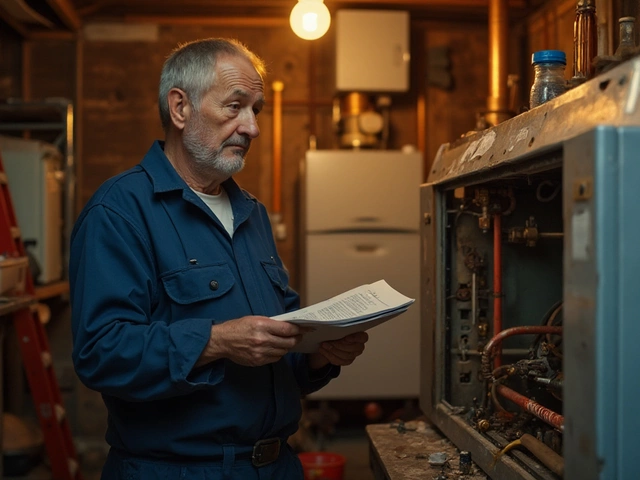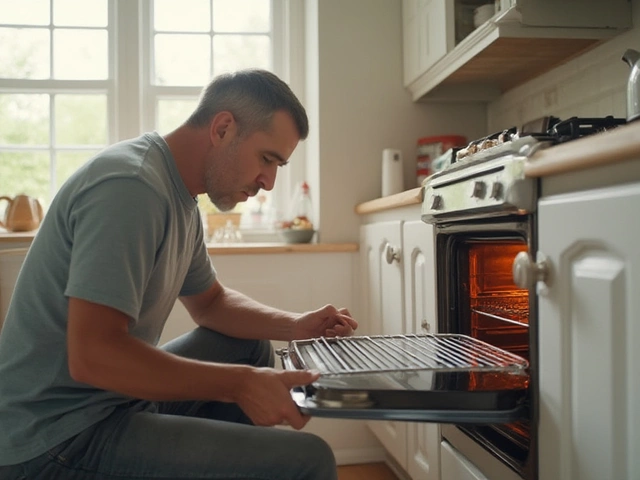Broken Boiler: How Long Can You Manage Without One?
June 5 2025Flush or Drain Water Heater: Keep Your Hot Water Efficient
If your water gets lukewarm or you notice rumbling noises, it’s time to flush or drain the heater. Sediment builds up inside the tank, reducing efficiency and shortening life. A quick flush clears the grit, saves energy, and prevents costly repairs.
Why You Need to Flush or Drain Your Water Heater
Every year, tiny particles of rust, mineral, and debris settle at the bottom of the tank. Those particles act like insulation, making the burner work harder. That means higher gas bills and slower hot‑water recovery. Over time the sediment can corrode the tank, leading to leaks.
Flushing removes the buildup, restores the heater’s heat‑transfer efficiency, and extends the unit’s lifespan. Draining is a deeper clean – you empty the tank completely, scrub the interior if needed, and refill. Both tasks are simple, require only basic tools, and can be done in under an hour.
Step‑by‑Step Guide to Flushing a Water Heater
1. Gather tools. You’ll need a garden hose, a bucket, a screwdriver (or wrench) for the drain valve, and a pair of gloves.
2. Turn off power. For electric heaters, switch off the breaker. For gas units, set the thermostat to “OFF” and shut the gas supply valve.
3. Connect the hose. Attach one end to the drain valve at the bottom of the tank and run the other end to a floor drain or outside area.
4. Open the drain valve. Let the water flow out. When it runs clear, close the valve. This first flush removes the loose sediment.
5. Re‑fill and repeat. Open the cold‑water inlet for a few minutes to stir up any remaining particles, then drain again. One or two cycles usually clear most of the buildup.
6. Close the valve and remove the hose. Make sure the drain valve is tight to avoid leaks.
7. Restore power. Turn the breaker back on for electric units, or relight the pilot and set the thermostat for gas models. Wait a few minutes for the tank to fill before testing hot water.
If you notice rust‑colored water, a foul smell, or the tank continues to make noises after flushing, it may be time for a professional inspection or replacement.
Safety tip: Never attempt to flush a heater while it’s still hot. Wait until the water cools or turn the thermostat down to “vacation” mode and let the tank empty naturally before starting.
Most homeowners can handle a basic flush once a year. If you have a hard‑water area, consider a water‑softener or more frequent flushing, every six months. For large families or high‑usage homes, a semi‑annual drain can keep performance steady.
When in doubt, call a certified gas engineer. They can flush, inspect the anode rod, and verify that the pressure‑relief valve works correctly. A professional service usually costs less than a premature replacement.
Regular flushing or draining is a small maintenance task that pays off in lower energy bills, steady hot water, and a longer‑lasting heater. Grab a hose, follow the steps, and keep your home comfortable all year round.
 6 Aug
6 Aug
Flush vs. Drain: The Best Way to Maintain Your Water Heater
Debating whether to flush or drain your water heater? This guide breaks down both methods, benefits, and how to actually boost your heater’s lifespan and efficiency.
Read More...



